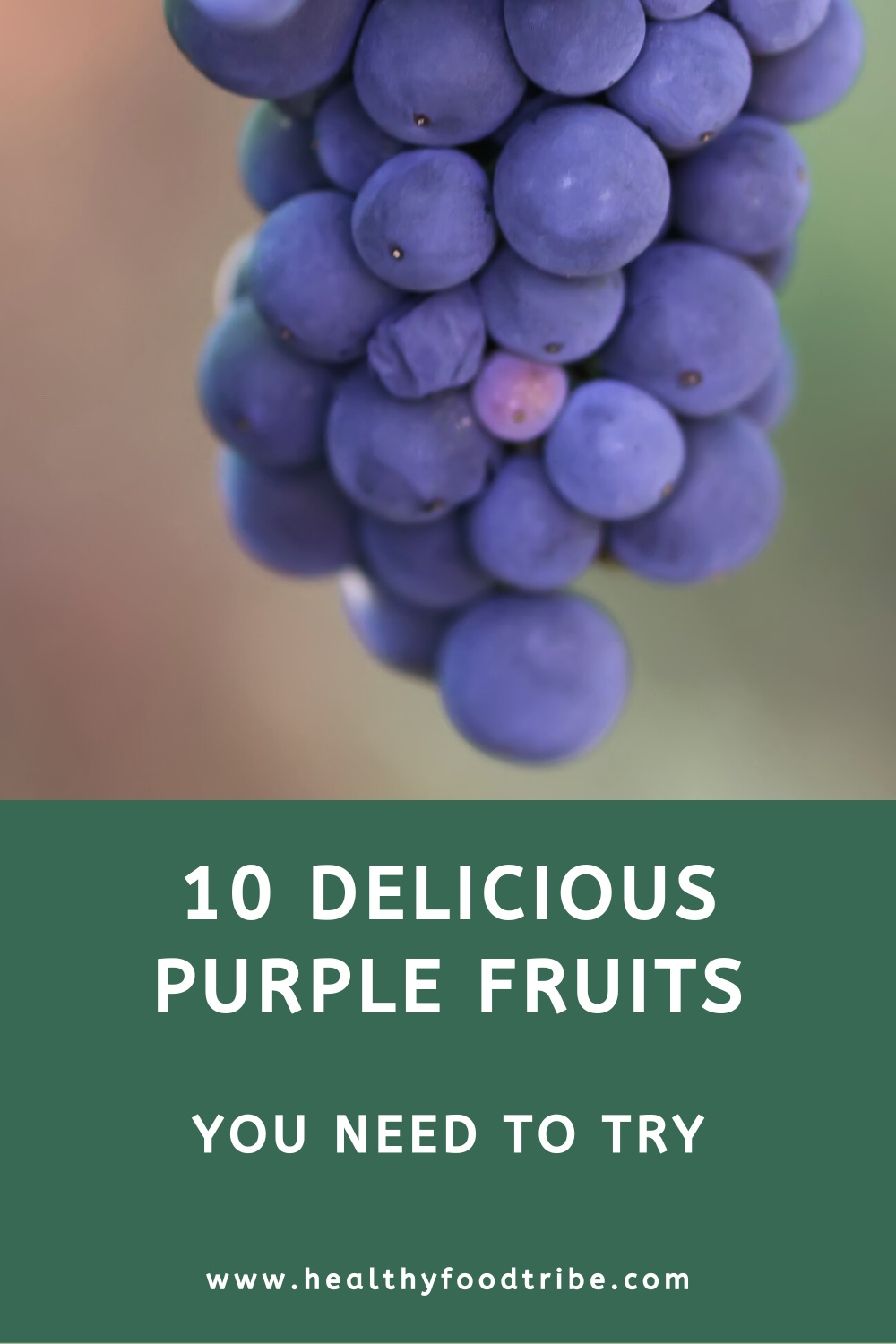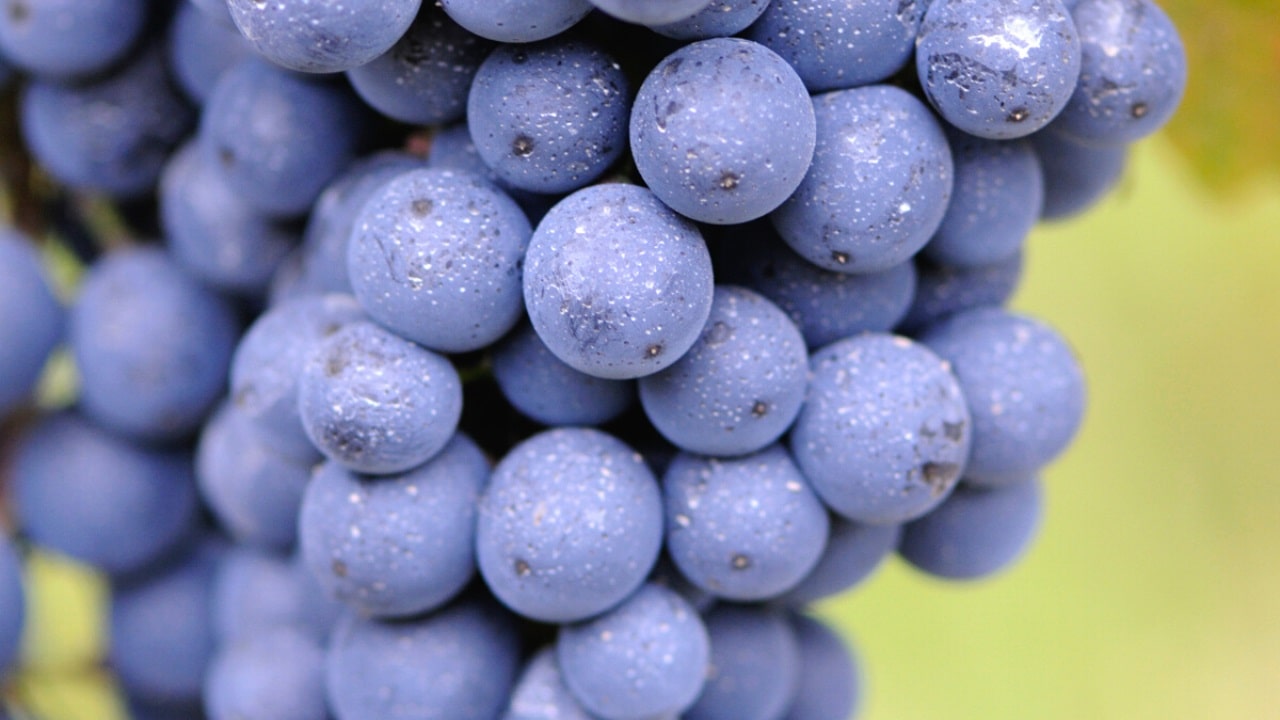Last updated: April 15, 2024
This guide shares ten of the tastiest purple fruits from around the world, including tips on how best to find, prepare, and serve them.
With deep pigments that stain your tongue and turn any smoothie into a violet slurry, purple fruits know how to leave their mark.
Some fruits are purple because they contain water-soluble pigments called anthocyanins, which are responsible for the purple, blue, and red colors found in some fruits and vegetables. In fruits, the presence of anthocyanins is often associated with high antioxidant activity.
From the unique acai berry to the tropical star apple, below are ten beautifully purple fruits you should consider adding to your fruit basket today!
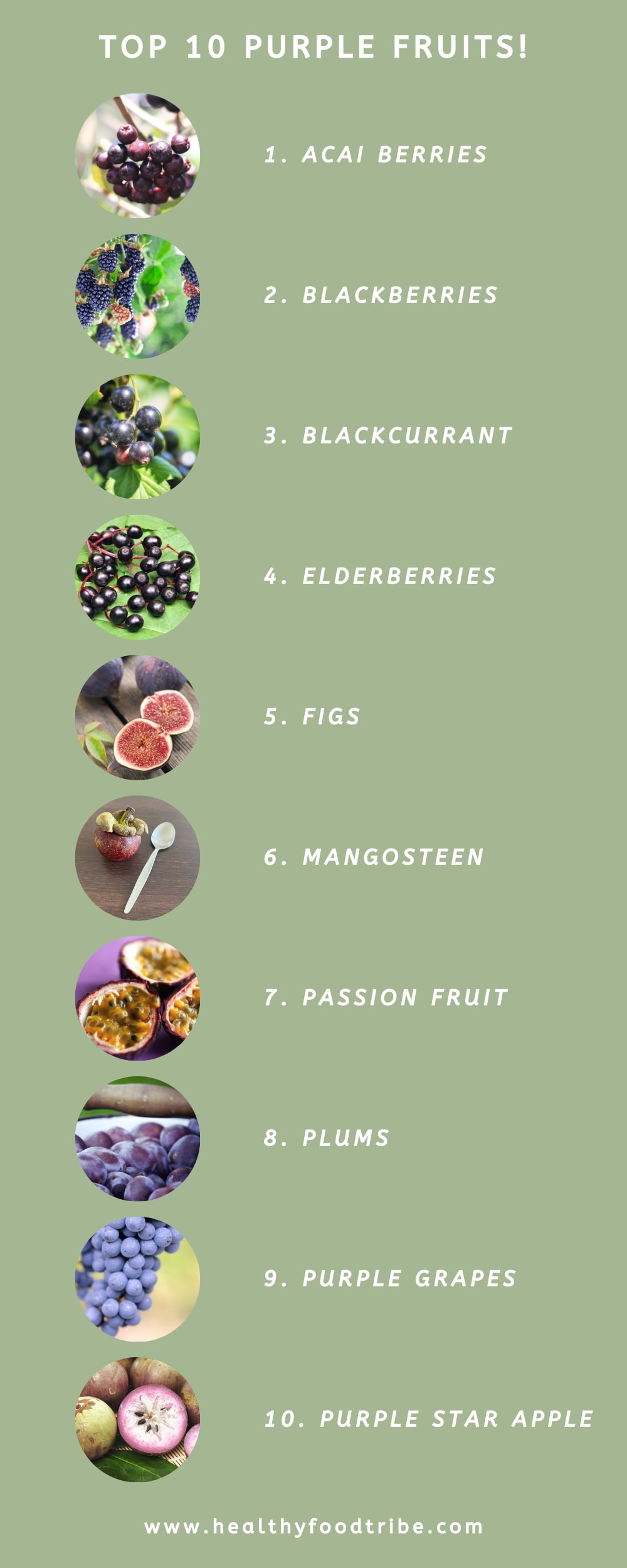
1. Acai Berries
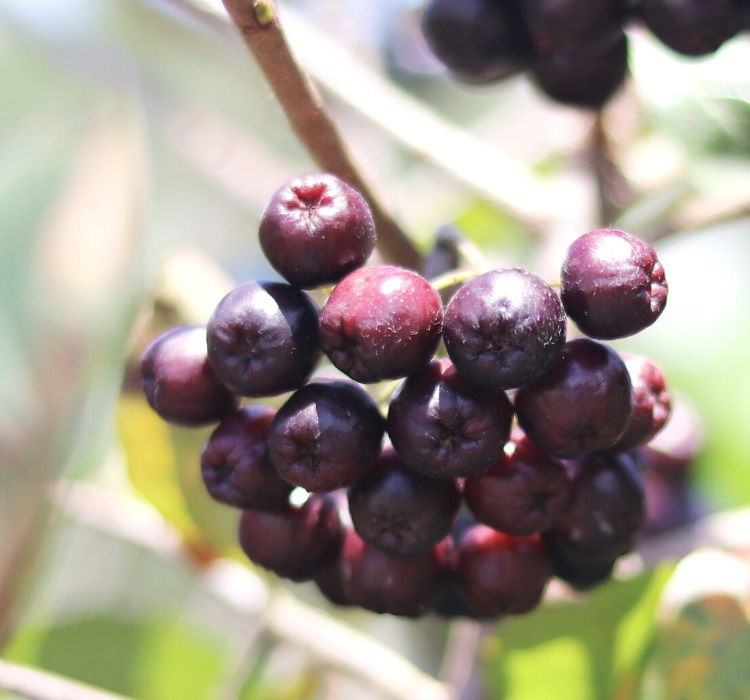
If you thought acai berries were blue, you’ve likely fallen victim to some poor photo sourcing. Many of the pictures you see of acai on the internet and even on product packages are actually pictures of blueberries. This fruit, which is about the same size, has a glossier, strikingly purple-black skin that is nothing like the dusty blue skin of a blueberry.
Acai berries are produced by palm trees native to South America. The dark skins of these small drupes hide translucent yellow flesh. The earthy, acidic, somewhat chocolatey-tasting skin is mellowed out by the sweeter, raspberry-flavored flesh.
These dark berries are famous for their health-supporting powers. Like blueberries, they contain a heaping of antioxidants. They can be eaten fresh, but because they aren’t as sweet as other berries, they’re most often consumed with sweet bases like ice cream or drizzled with honey.
2. Blackberries
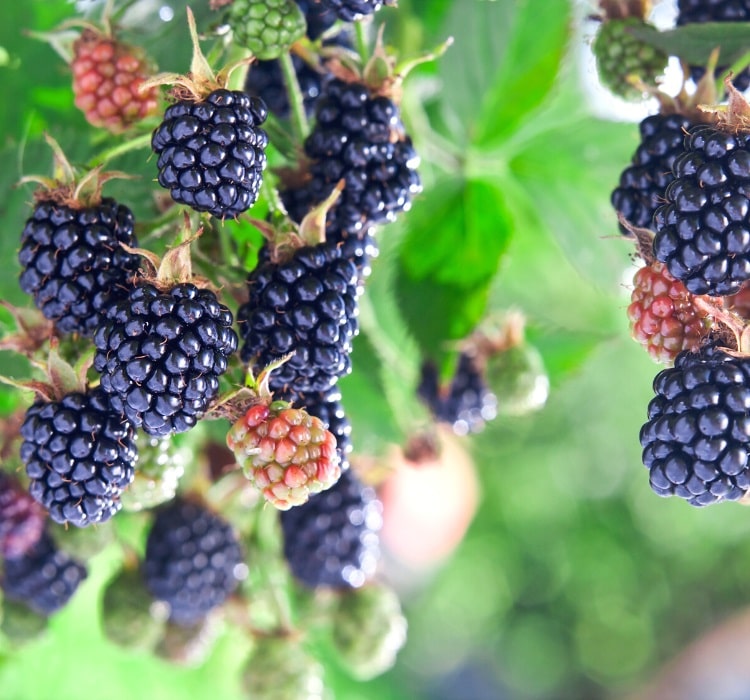
Very similar in color to the acai berry is the blackberry. This brambling berry grows naturally in both South and North America, Asia, and Europe. It grows so readily in parts of the American Northwest that it’s considered an invasive species.
Blackberries, like the closely related raspberry, are aggregate fruits that develop from a single flower with multiple ovaries. Each drupelet within the aggregate is filled with dark black-purple juicy flesh and covered in similarly colored skin.
Ripe blackberries are sweet with a tart backing and are often eaten fresh. They can also be used in pies and smoothies, and to make jam.
3. Blackcurrant
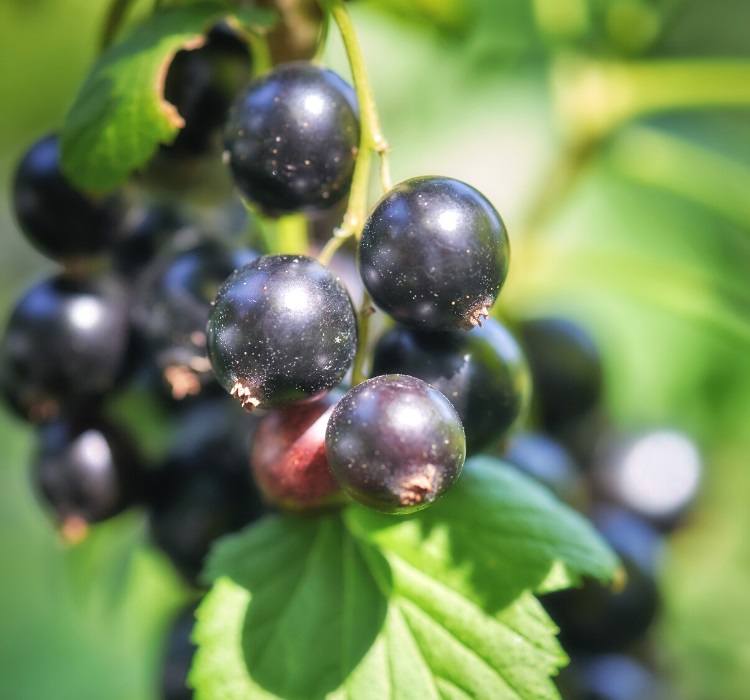
Also known as black currants and cassis, blackcurrants are small round berries native to Northern Europe and Asia. They have impressively dark, nearly-black skin that reflects blue in clear conditions. But the flesh and juice inside is a beautiful deep purple.
Blackcurrants are filled with tannins, which gives them a tart, earthy flavor, like an acidic red wine. Below this harsh initial flavor, you’ll find hints of grape and cherry.
This dark berry is filled with antioxidants and has been used in Chinese folk medicine for ages. Today, it continues to be used to make tinctures and supplements. It also makes a great base for jams and fruit wine.
4. Elderberries
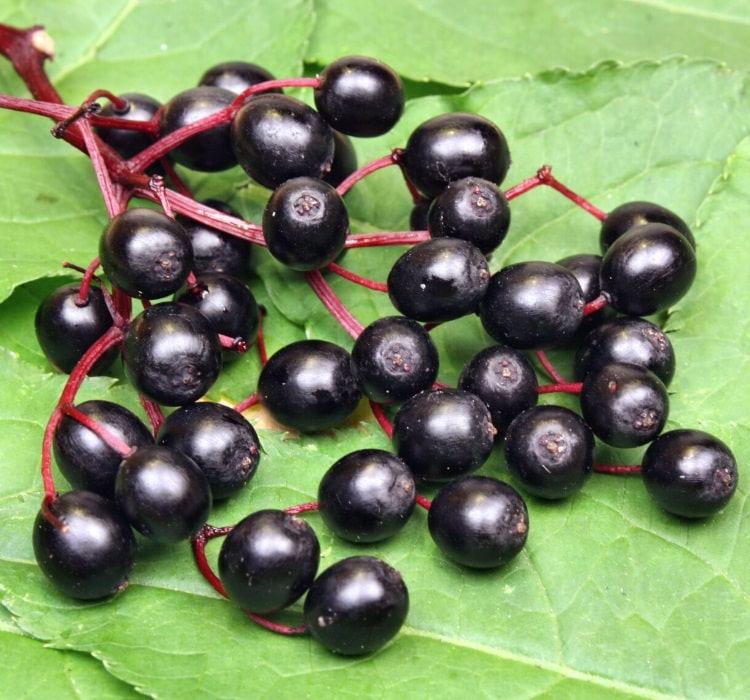
Elderberries are widely known for their medicinal properties and rarely make an appearance in their raw form. These tiny berries, which are produced by the flowering plants in the Sambucus genus, are widespread throughout subtropical regions of the world.
There are records of Egyptians, Indigenous people in South America, and ancient European tribes using these dark purple berries to treat various ailments. While there are few quality studies to back up this berry’s use as a treatment, it is very high in vitamin C, fiber, antioxidants, and flavanols.
Elderberries are toxic when eaten raw and must be heated before consumption. Most often, these purple berries are boiled to make tinctures, syrups, and teas.
5. Figs
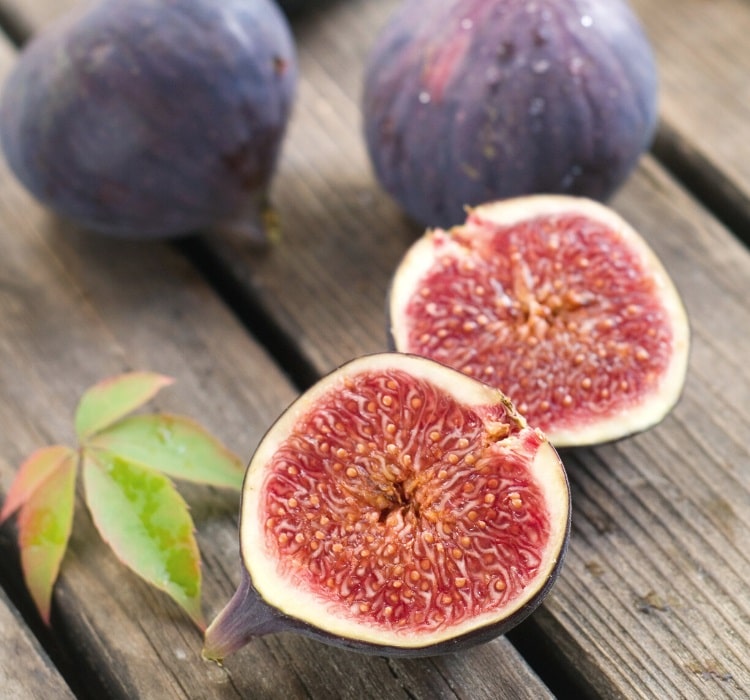
Figs come in two colors; light green and deep burgundy. While commonly considered fruits, these strange pods are actually syconium; fleshy receptacles filled with hundreds of inverted flowers that produce tiny seeds. Figs are native to the Mediterranean, where they have been celebrated as a symbol of fertility and prosperity for thousands of years.
Purple figs have light green pith with red flesh surrounding the tiny seeds. Most figs grown for commercial consumption are self-pollinating, but some species of figs are pollinated by wasps.
Wasps crawl into the syconium, looking for a place to lay their eggs. If they happen to go into a female pod, they get trapped and die. Luckily for anyone who has ever eaten one of these figs, the flowers completely digest the wasp long before the fruit ripens.
6. Mangosteen
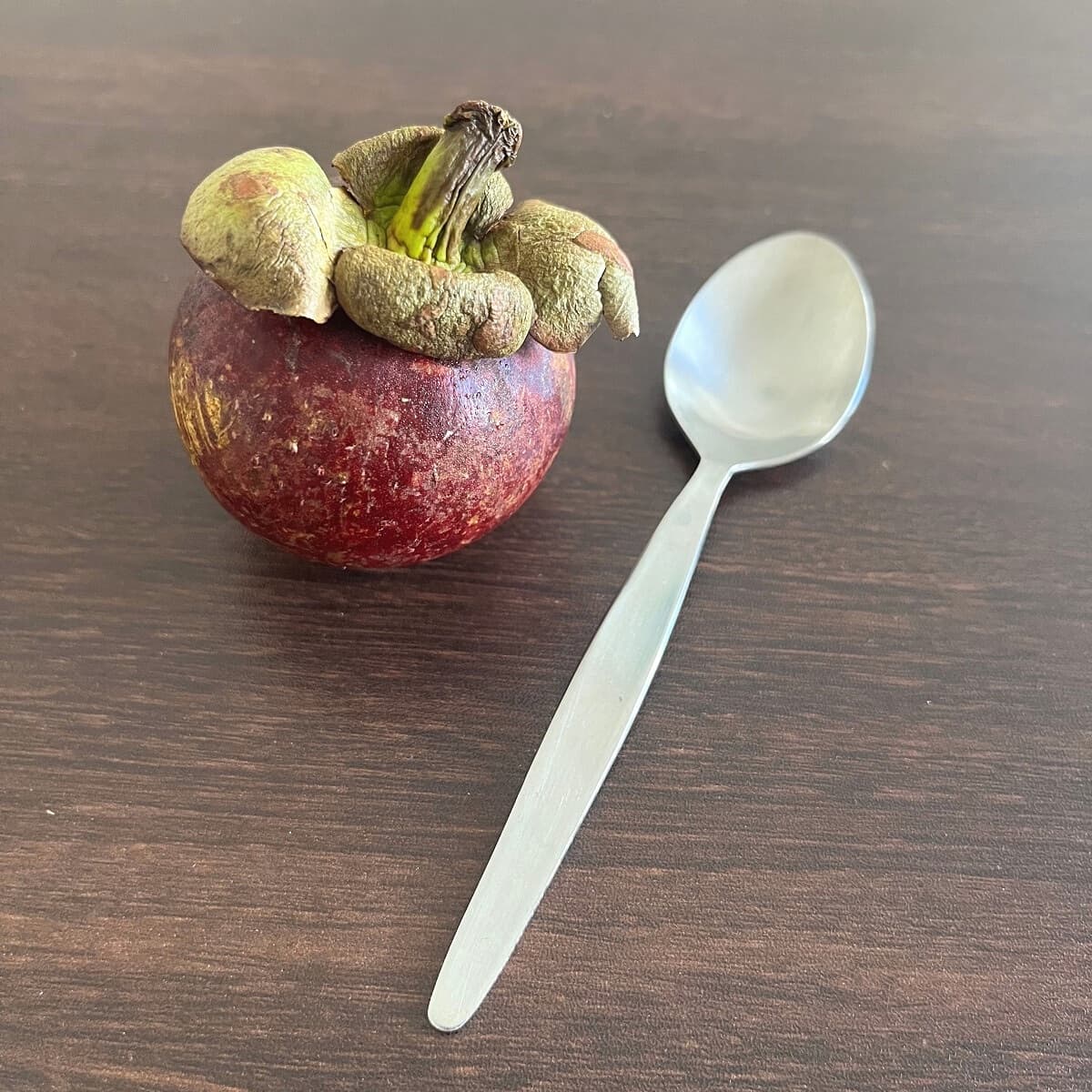
Mangosteens, also known as purple mangosteens, are round purple or dark red fruits about the size of a plum. They are native to the islands of the Indian Ocean but have been growing in tropical zones around the world for centuries.
Inside the thick rind of the mangosteen are sections of fleshy endocarp that resemble a tangerine in size and appearance, except that this flesh is stark white instead of translucent orange. These juicy sections each surround an edible seed about the size of an almond.
Mangosteens have a mild aroma reminiscent of caramel, butter, and grass, and have the same delicate softness of lychee fruit with a similar flavor. They can be eaten raw, added to salads, turned into jams, or used in desserts.
Keen to try this fruit? Read my guide on how to eat mangosteen with lots of practical tips and inspiring recipe ideas.
7. Passion Fruit
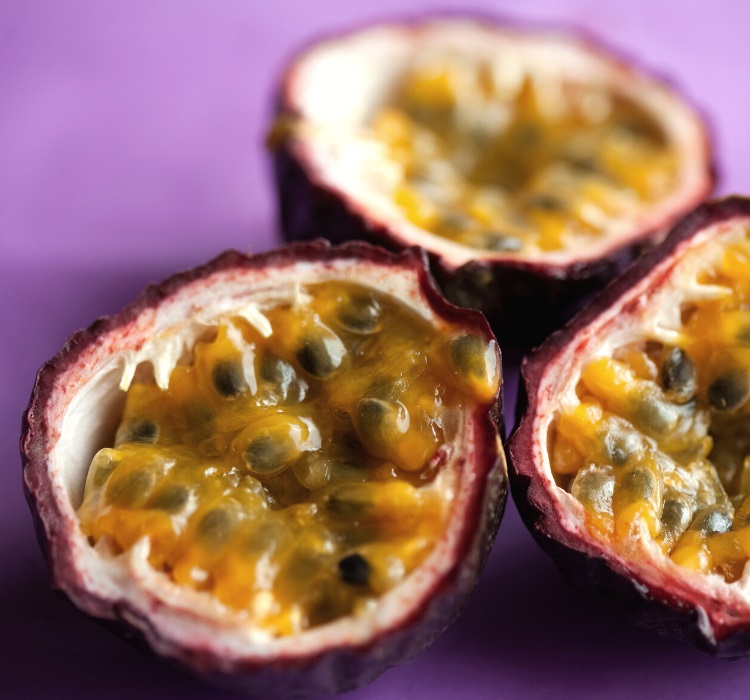
Passion fruit comes in deep reddish purple or bright yellow. Both varieties contain white pith and somewhat slimy, seed-filled yellow flesh. These thick-skinned, round fruits are about the size of a racquetball and are native to South America.
While the texture of passion fruit takes some getting used to, the flavor is pleasantly sweet and fragrant with some tart undertones.
They can be eaten raw for a refreshing snack or used to top yogurt for a tropical parfait. The aromatic flesh is also used to flavor sauces, baked goods, and smoothies.
Delicious yellow-colored fruits.
8. Plums
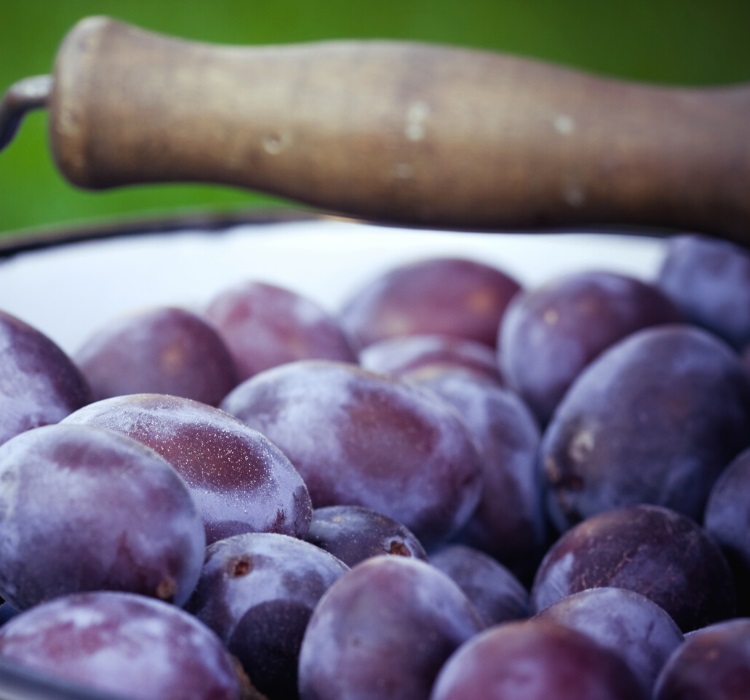
Plums come in a variety of colors, from yellow to blue, but purple plums are some of the most common. Lighter varieties that verge on red skin typically have yellow-white flesh, while darker blackish-purple plums tend to have deep crimson flesh.
A ripe plum is incredibly sweet, with just a touch of bitterness provided by the thin skin. You’ll know your plum wasn’t quite ripe if it has tart or sour notes.
Different species of plums grow throughout the world. Some of the most popular commercial cultivars were brought to Europe from Iran. America also has a native plum species that produces fruit with light purple to pinkish-red skin.
9. Purple Grapes
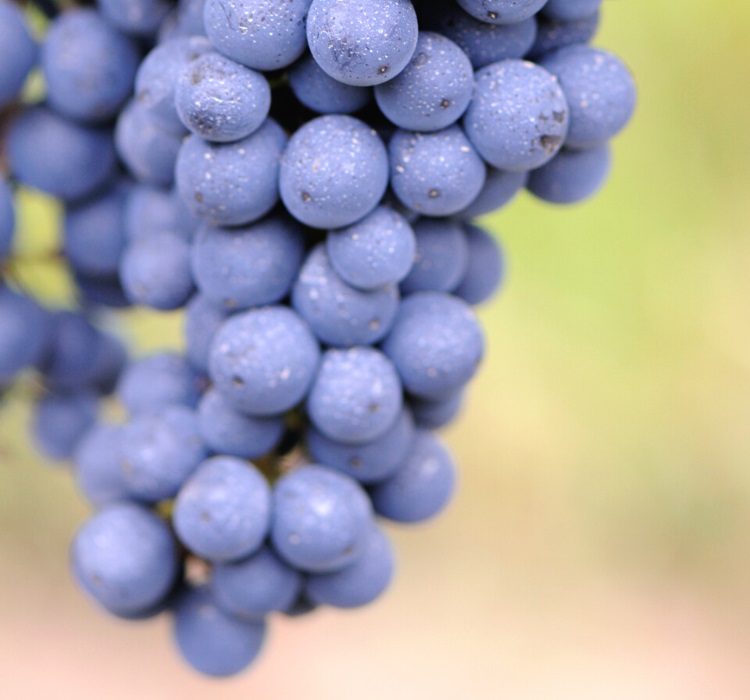
Grapes come in a wide variety of colors, including many varieties that have a distinctly purple tinge.
Of these, the most popular are the Concord, Autumn Royal, Valiant, and Kyoho. These types hail from all over the world, with the Concord being native to North America and the Kyoho from East Asia.
Purple grapes tend to contain a lot of tannins, which gives them a slightly tart and earthy flavor. But there are plenty of varieties that are sweeter than they are sour. These varieties are most often eaten fresh or made into jams or juices.
10. Purple Star Apple
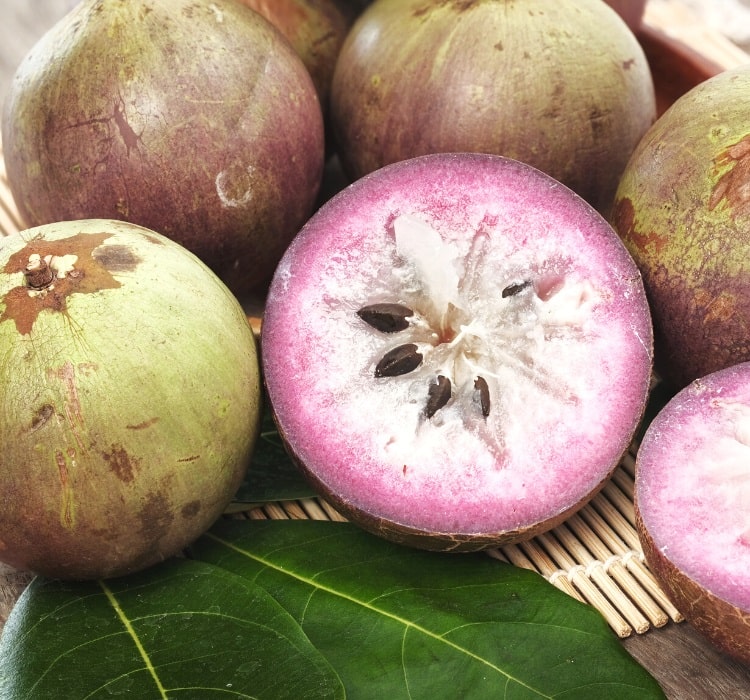
Also known as caimito or cainito, the purple star apple is a rare fruit native to Central America and the West Indies. The bright to dull purple rind covers gelatinous flesh surrounding a number of small seeds. When these seeds are removed after cutting the fruit in half, a star pattern is left, which is where the fruit gets its name.
The rind of the fruit is covered in naturally occurring latex and has a bitter taste. But the edible pulp inside is intensely sweet and delicious with hints of grape and tropical flavors.
Star apples, which also come in a yellow-green skinned variety, are usually eaten raw. But they can also be stewed and made into jams, syrups, and even used to flavor soft drinks.
Unique purple-colored vegetables.
